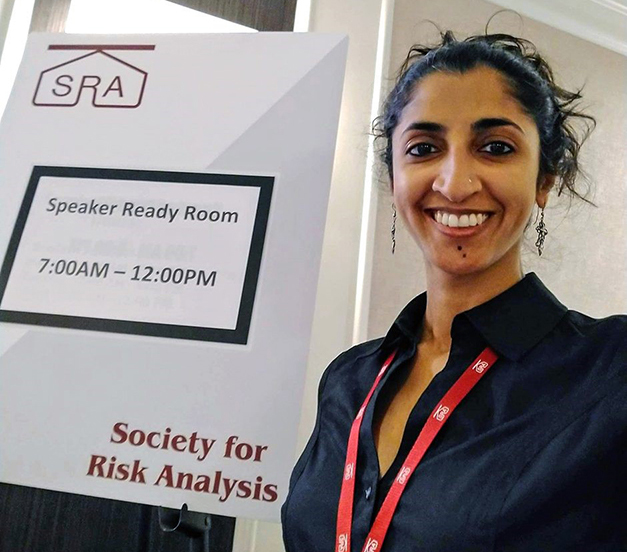Mathematica Senior Statistician Aparna Keshaviah recently sat down with a writer for the Environmental Monitor, an online magazine published by Fondriest Environmental. The interview focused on a promising technique that uses municipal wastewater testing to track opioid use. Although the full story is definitely worth a read, here are a few of the most relevant pieces.
Tracking a community’s drug use through wastewater testing, offers rich data that can yield geographically precise measures, usually at the county level.
“Because of the infrastructure put into place as a result of the Clean Water Act in the 1970s, we actually have fairly routine and consistent processes for sampling that are already being used across the country,” states Ms. Keshaviah. “Tapping into that to get data on community drug use started our thinking.”
The team noted a gap in the literature that was probably hampering the work of policymakers.
“Many of the publications we saw were not focused on opioids, and most were also within the academic realm, published in peer-reviewed journals only,” comments Ms. Keshaviah.
“Many people on Capitol Hill weren’t even aware of this methodology. We saw the perfect opportunity to bridge the silos that exist in this work.”
Last October, Keshaviah tried to change that, bringing her work to Congress to raise awareness about new ways to help federal, state, and local officials target resources more effectively. Following our 2017 Symposium on the Potential of Wastewater Testing for Public Health and Safety, Mathematica continues to explore new ways to leverage our expertise at the intersection of data, methods, policy, and practice to help our partners combat the opioid epidemic and improve well-being around the world.
In her conversation with the Environmental Monitor, Keshaviah explained more about the importance of measurement tools such as wastewater testing:
“This work is so very early in the U.S., and this is really where Mathematica is trying to help bring the tool to the people who need it, who can make decisions with it to improve public health and safety. And as a statistician, I’m very happy to lead this charge and make the case that we need better data! People are starting to listen now. There is a lot more receptivity to new ideas and new ways of doing things.”



